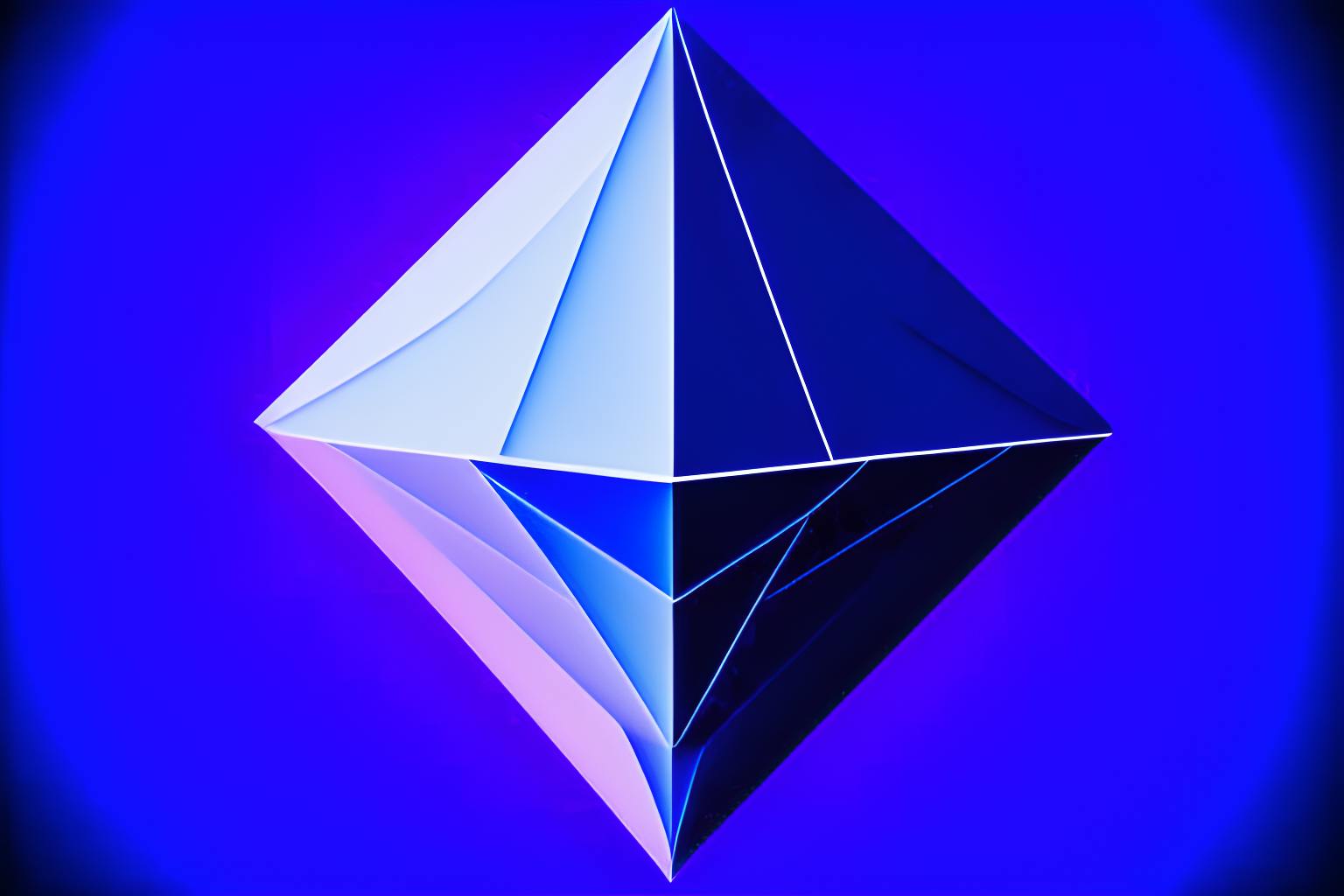Huawei's new CloudMatrix 384 touted as biggest test to Nvidia's AI dominance

Huawei unveiled its most aggressive artificial intelligence system to date on Saturday in Shanghai. The CloudMatrix 384 made its first public appearance at the World Artificial Intelligence Conference (WAIC), where companies from across China brought out their newest AI hardware.
According to Reuters, Huawei’s latest system is being positioned as a direct threat to Nvidia’s top-level server product, the GB200 NVL72, at a time when U.S. export controls are still blocking China’s access to advanced foreign chips.
The system features 384 of the new 910C chips. By comparison, Nvidia’s GB200 NVL72 only includes 72 of its B200 processors. Huawei’s design stacks more of its chips to compensate for each chip’s lower performance, combining them using what it calls a “supernode” architecture.
This setup allows ultra-high-speed communication between the chips, improving processing power on a system level. The goal is simple: replace the foreign gear Chinese firms can’t legally buy with something homegrown that can compete.
Huawei uses scale to go after banned chips
Zhang Pingan, CEO of Huawei Cloud, said in June that the CloudMatrix 384 system is already up and running inside Huawei’s cloud platform. Its rollout follows the system’s low-profile announcement in April, which drew early attention from analysts.
One of the most vocal was Dylan Patel, who runs the semiconductor research firm SemiAnalysis. In an article that same month, Dylan wrote that Huawei “now has AI system capabilities that could beat Nvidia”.
The CloudMatrix 384 didn’t generate excitement because of its chip count alone. What caught industry attention was how Huawei designed the system to scale. The chips themselves are not as powerful as Nvidia’s individually, but the way they are networked allows the system to handle demanding AI workloads.
Dylan’s firm also said Huawei’s setup performs better on certain metrics than Nvidia’s flagship rack. Despite facing U.S. sanctions, Huawei has become the most viable local option for AI chip systems inside China.
Jensen Huang, Nvidia’s CEO, acknowledged as much in a May interview with Bloomberg, saying Huawei had been “moving quite fast” and explicitly pointed to the CloudMatrix as an example.
With Nvidia legally blocked from selling its strongest hardware to China, firms like Huawei have started to fill the vacuum left behind.
Nvidia fights smuggling claims as Huawei gains ground
While Huawei was putting its new system on display, Nvidia was responding to reports of unauthorized chip sales into China. On Thursday, the company told CNBC that data centers built with smuggled gear are a “losing proposition,” both technically and financially.
The statement was triggered by a Financial Times investigation that claimed over $1 billion worth of Nvidia AI chips had entered China through unofficial channels.
The report detailed how Nvidia’s B200 chips, which are banned from export to China, had been bought on the black market. These sales reportedly began in May, with Chinese distributors supplying data center builders whose clients include major Chinese AI groups.
The chips had been in high demand ever since President Donald Trump tightened export controls on the country’s chip imports.
Nvidia’s attempt to meet compliance rules came in the form of the H20 chip, a custom product designed to skirt older U.S. sanctions. But in April, Washington told the company it would need a license to ship even that. This effectively froze all shipments of the chip to China.
Nvidia’s CEO said last week that the company is now preparing to resume H20 sales, following a breakthrough in talks with Trump’s administration.
Jensen also confirmed that he wants to sell more powerful chips than the H20 to China, despite the restrictions. For now, the company remains limited to what Washington allows.
But while Nvidia deals with red tape and black-market issues, Huawei is openly rolling out systems like the CloudMatrix 384, fully built with local technology and already running inside its cloud network.
Your crypto news deserves attention – KEY Difference Wire puts you on 250+ top sites
